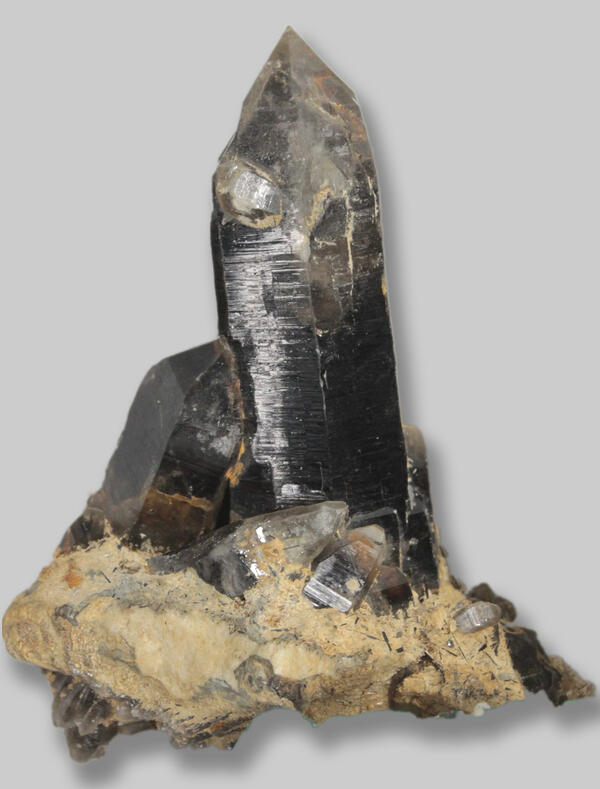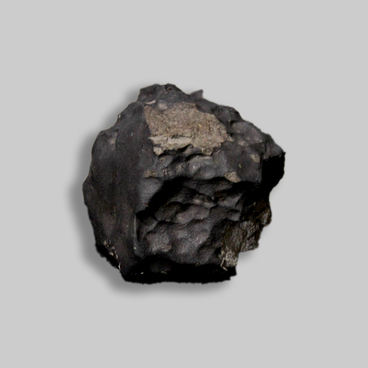The mineral morion has been known since ancient times. The first morion products were found in the tombs of Thebes in Egypt. Archaeologists have determined that the patches made from the mineral were a kind of sunglasses worn by the pharaohs. These thin patches were equipped with bronze temples for comfort. The Romans used black stone to make seals, and the Chinese made medicine bottles from it.
In Europe, the morion was called the ‘black diamond’, but in Russia the term was just ‘gypsy’, or ‘resin’.
The word ‘morion’ itself is derived from the ancient Greek word for ‘to blacken’. The name ‘raukhtopaz’, which is difficult to pronounce, has German roots, and means ‘smoky topaz’. However, this mineral does not have anything to do with real topaz. It was named that by mistake: this brightly shining stone was mistaken for the topaz gemstone. Later on, that name took root, and was just changed a little to smoky topaz. It is also called smoky quartz, or smoky crystal.
People in the Urals have been able to turn morion into ‘fake topaz’ for a long time. The Bashkirs noticed how under the impact of high temperature the mineral morion changed its color. That is why tinkerers carefully baked the stone inside bread. In the jewelry industry, only annealed morion was used for gem cutting, which acquired a wine-yellow or golden color during the annealing process.
Smoky topaz is a semi-precious stone, a kind of quartz, just like its relatives: amethyst, rhinestone, and citrine. This mineral is found in a variety of shades, from a light smoky color to deep brown, and even black.
People in the Urals have been able to turn morion into ‘fake topaz’ for a long time. The Bashkirs noticed how under the impact of high temperature the mineral morion changed its color. That is why tinkerers carefully baked the stone inside bread. In the jewelry industry, only annealed morion was used for gem cutting, which acquired a wine-yellow or golden color during the annealing process.
Smoky topaz is a semi-precious stone, a kind of quartz, just like its relatives: amethyst, rhinestone, and citrine. This mineral is found in a variety of shades, from a light smoky color to deep brown, and even black.
The ease with which it can be processed made it very popular among jewelers.
It can be found in hydrothermal veins and granite cavities. Smoky topaz deposits are located not only in the Urals, but also in Ukraine, Madagascar, Kazakhstan, Canada, the USA, and Brazil. It is found in the form of transparent and translucent crystals, and sometimes very large ones up to 1 meter in length. Crystals often form beautiful intergrowths and druses. There are cases in history when geologists have come across giant crystals of smoky quartz weighing up to several tons.
It can be found in hydrothermal veins and granite cavities. Smoky topaz deposits are located not only in the Urals, but also in Ukraine, Madagascar, Kazakhstan, Canada, the USA, and Brazil. It is found in the form of transparent and translucent crystals, and sometimes very large ones up to 1 meter in length. Crystals often form beautiful intergrowths and druses. There are cases in history when geologists have come across giant crystals of smoky quartz weighing up to several tons.



